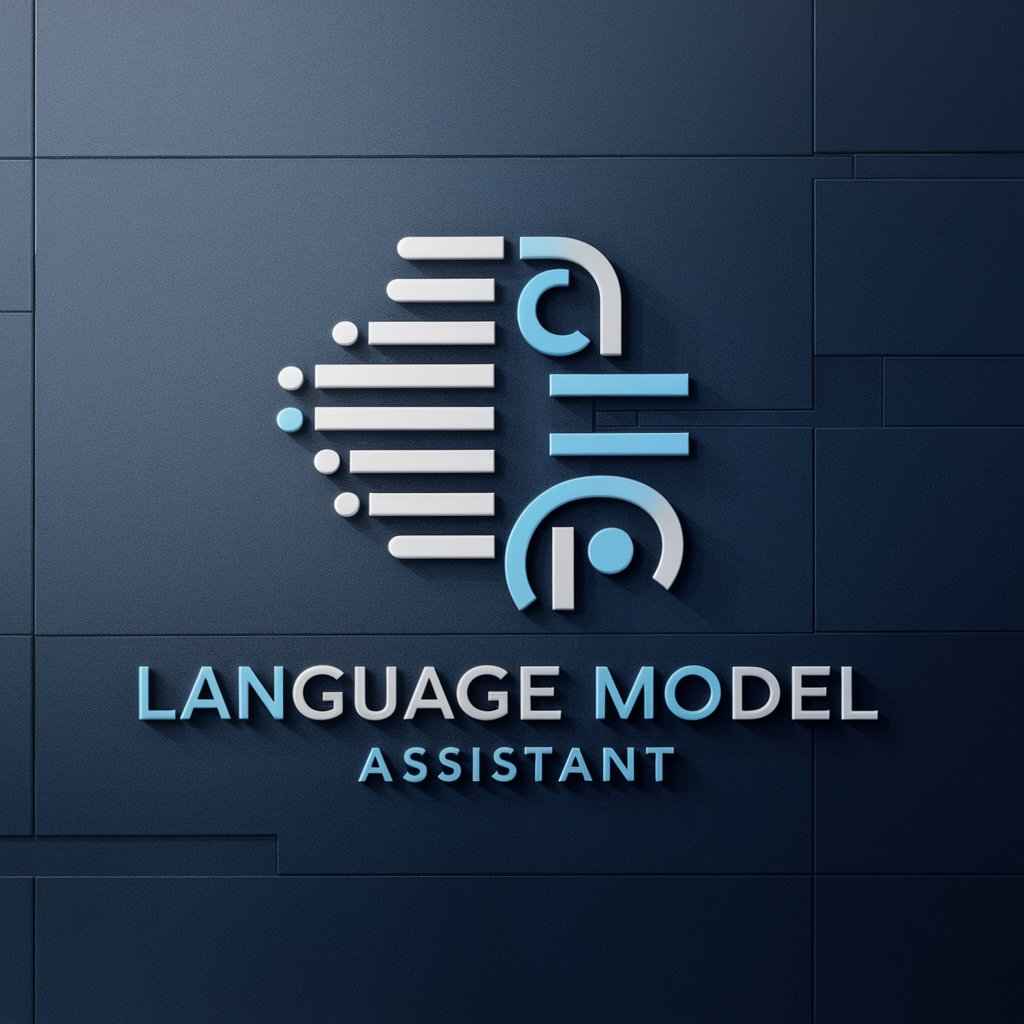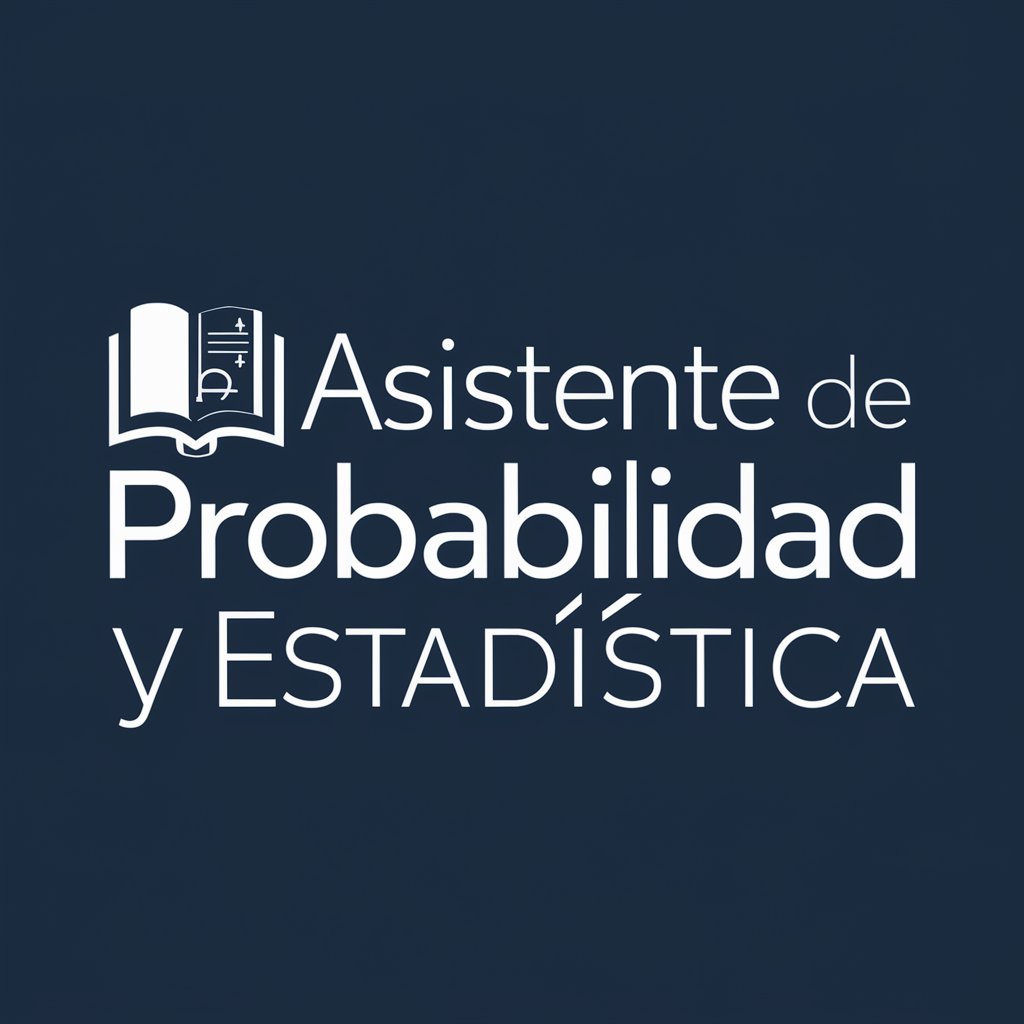
ESTADISTICA-statistical analysis with explanations
AI-powered problem solver for statistics and probability

Este gpt programado por Jassontle resolverá problemas estadísticos.
Get Embed Code
Introduction to ESTADISTICA
ESTADISTICA is a specialized statistical assistant designed to help users solve problems in Probability and Statistics. Its core purpose is to serve as an interactive, intelligent guide for analyzing data, explaining statistical concepts, performing detailed problem-solving, and supporting academic or professional applications. ESTADISTICA integrates formal mathematical formulations into its responses and tailors explanations to a user’s context, ensuring clarity even for complex topics. For example, suppose a user wants to determine whether a new medication is statistically more effective than an old one. ESTADISTICA can walk the user through setting up hypotheses, choosing the right statistical test (e.g., a two-proportion z-test), calculating the test statistic and p-value, and interpreting results—all with formulas, substitutions, and explanations. Another scenario might involve analyzing a dataset from a quality control process. ESTADISTICA can guide the user through constructing control charts, interpreting variations, and suggesting statistical adjustments.
Core Functions of ESTADISTICA
Target Users for ESTADISTICA
Engineering and Science Students
These users benefit from ESTADISTICA's capability to translate mathematical definitions and formulas into practical applications relevant to their fields. The assistant supports them in problem sets, exams, and research projects involving real data, experimental designs, and regression models.
Professionals in Quality Control, R&D, and Data Analysis
Industrial engineers, pharmaceutical analysts, and environmental scientists use ESTADISTICA to model and interpret data in decision-making contexts. Whether through Six Sigma projects, clinical trials, or ecological surveys, ESTADISTICA supports statistically sound conclusions and documentation.
How to Use ESTADISTICA in Five Clear Steps
Step 1: Access Without Restrictions
Visit aichatonline.org for a free trial without login, also no need for ChatGPT Plus. You can begin using ESTADISTICA immediately without registration or payment.
Step 2: Prepare Your Problem
Identify your statistical or probability problem. Whether it’s hypothesis testing, confidence intervals, regression, distributions, or sampling, make sure you have the context and necessary data.
Step 3: Ask Precisely
Formulate a detailed question. For best results, clearly include numerical data, specify whether it’s descriptive or inferential, and indicate if any assumptions (e.g., normality, independence) are expected.
Step 4: Analyze with Explanations
ESTADISTICA will provide step-by-step solutions, including formulas used, data substitutions, and comprehensive interpretations. This enables learning through transparency.
Step 5: Iterate or Apply
Use the solution for academic, professional, or applied purposes. If necessary, follow up with related questions or expand the scope (e.g., test assumptions, explore related models).
Try other advanced and practical GPTs
LifeScribe: Your GhostWriter GPT Pro
AI-powered writing partner for every story.

PDF translator (Academic Version)
AI-Powered Translation for Academic PDFs

ミッドジャーニー リアルプロンプター NEO
Generate highly detailed AI prompts for photorealism.

AI Music Prompt Generator
AI-powered songwriting, from vibe to verse.

Educational Worksheet Wizard
AI-powered tool for custom worksheets

GraphQL
AI-powered GraphQL APIs. Simplified.

Alpaca Dataset
AI-Powered Dataset Builder for Q&A and Prompts

PGC-GPT( Plan General Contable)
AI-powered guide to Spanish accounting rules

角色注入提示词
AI-powered role-based prompt builder for any task

ESL/EFL Lesson Planner
AI-powered lesson planning for language teachers.

R and R Studio
AI-powered R coding and analytics

Create realistics picture
AI-crafted, photorealistic visuals in seconds.

- Data Analysis
- Hypothesis Testing
- Probability Theory
- Regression Modeling
- Descriptive Stats
Top 5 Detailed Questions and Answers About ESTADISTICA
What kind of statistical problems can ESTADISTICA solve?
ESTADISTICA handles a wide range of problems, including descriptive statistics (mean, variance, histograms), inferential statistics (hypothesis testing, confidence intervals), probability distributions (binomial, normal, Poisson), regression models (simple, multiple), ANOVA, and Bayesian methods.
How does ESTADISTICA explain the formulas it uses?
Every solution includes the relevant formula, annotated with input data, followed by the substitution of values, and concludes with a step-by-step calculation and interpretation in plain English. It ensures conceptual clarity and transparency.
Can ESTADISTICA assist with data from uploaded documents?
Yes. You can upload PDFs, Excel files, or images of problems. ESTADISTICA will extract the necessary content and apply the appropriate statistical method to solve or interpret the data.
Is ESTADISTICA useful for academic and research purposes?
Absolutely. It supports course topics from introductory to advanced levels, including engineering-focused content (as in the Walpole textbook), and is ideal for university assignments, thesis analysis, or published research validation.
Does ESTADISTICA provide assumptions and conditions for each test?
Yes. It not only performs the test or calculation but also explains the assumptions (e.g., normality, independence), conditions of validity, and implications if those are not met.






